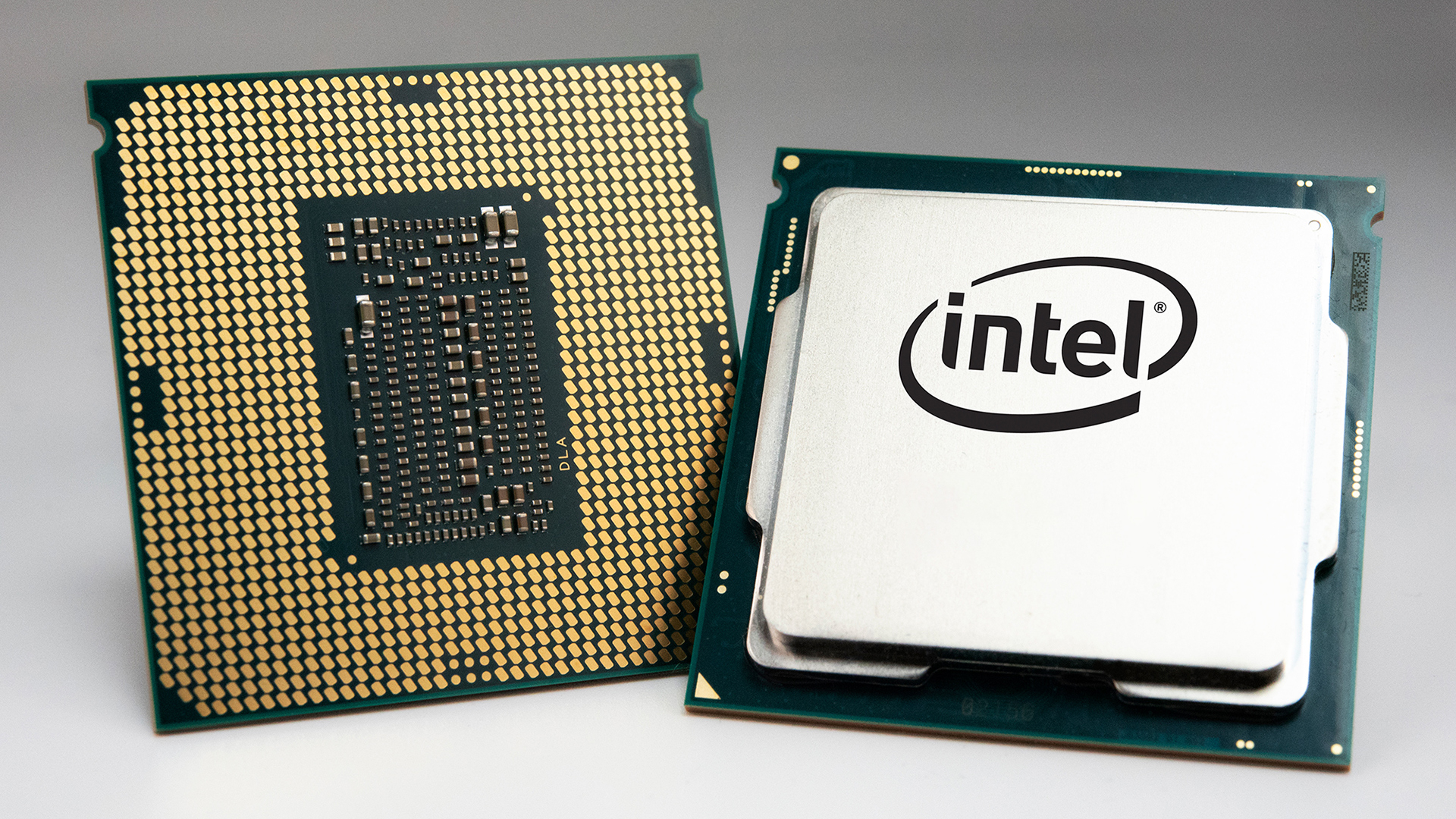Intel’s next-generation processor for mainstream and performance-mainstream client PCs due in 2021 is codenamed Alder Lake, and its first client CPU with a 7 nm compute tile set to launch in 2023 is called Meteor Lake. What Intel has not officially disclosed so far is the codename and features of its 2022 client platform. Except, it accidentally unveiled the Raptor Lake codename on Friday.
Along with the host of details concerning its DG2 family of GPUs, Intel also revealed some basic information about its Raptor Lake processors set to arrive in 2022. The desktop Raptor Lake-S CPUs will continue to use the LGA1700 infrastructure introduced by Alder Lake-S and will likely be drop-in compatible with motherboards that are to be released later this year. Mobile Raptor Lake will continue to feature an integrated Thunderbolt 4 controller that will use the Burnside Bridge TB4 retimer.
Later this year Intel will introduce its Alder Lake platforms for desktops and notebooks that will bring in a hybrid CPU architecture to x86 PCs. Intel’s Alder Lake products will pack up to eight high-performance Golden Cove cores and eight energy-efficient Gracemont cores. They will also support DDR5 memory and will introduce a PCIe 5.0 interface.
Less is known about Intel’s Raptor Lake CPUs. Some early leaks indicate that Raptor Lake processors will essentially be revamped Alder Lake CPUs with some incremental improvements. The Raptor Lake CPUs are expected to retain eight performance and eight energy-efficient cores, but this time with some tweaks like an improved cache architecture on desktop parts and LPDDR5X support on mobile parts.
Since Alder Lake will bring in a host of new technologies, it’s uncommon for Intel to make its direct successor radically different. It’s an ‘optimization’, not an all-new architecture. Similar to previous platforms, it makes sense to use Alder Lake’s infrastructure for Raptor Lake. Although the Raptor Lake disclosure was ‘official,’ Intel will not comment on the matter since the leak was unintentional.
